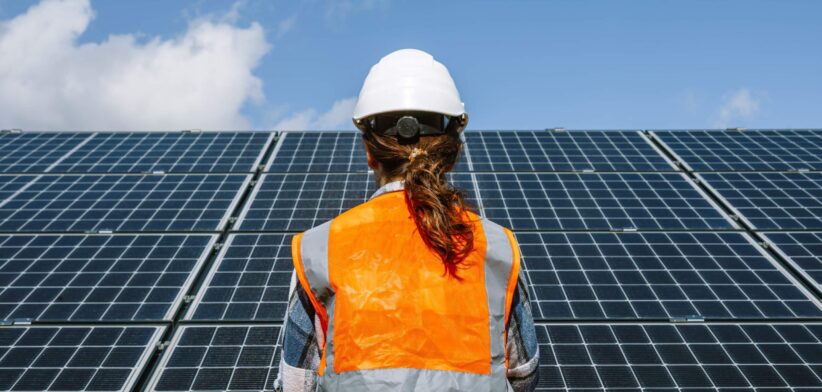A review into Australia’s transition to net zero emissions has called for a major reorganisation of finance and production systems and workforces, in order to meet the 2050 deadline.
In reviewing of the potential technology transition and emissions pathways that best supported the county’s transition to net zero, the Climate Change Authority identified six strategies across six key sectors.
Its review stated the pathways involved accelerating deployment of mature zero and low emissions technologies and the rapid development and commercialisation of emerging technologies.
However, it stated the transition to net zero involved “much more than each sector moving along technology- based decarbonisation pathways”.
“It requires actively managing a major reorganisation of public and private finance, supply chains, production systems, industrial zones, energy sources, infrastructure and workforces within Australia.”
The report added it also meant close collaboration between governments, businesses, First Nations people, landholders, communities and households and between Australia and its Pacific neighbours and international trading partners.
Climate Change Authority Chair Matt Kean said the review considered the pathways for six sectors – agriculture and land; built environment; electricity and energy; industry and waste; transport and resources – to decarbonise, identifying barriers and proposing strategies and actions to address them.
Mr Kean said there were many pathways to achieving emissions reductions with existing, mature technologies, such as solar and wind for electricity generation and batteries for energy storage, getting Australia much of the way to net zero.
“Opportunities also exist with the rapid development of emerging low-emissions technologies, such as hydrogen and engineered carbon removals.”
He said the authority’s review identified six strategies that could be incorporated in the country’s net zero plan.
“Suggested actions for the Australian Government include working with local, state and territory governments, businesses, communities and households to build on existing climate change policies, reform development approval processes and address mounting workforce shortages.”
Mr Kean said the authority had charted a course for how Australia could decarbonise by 2050.
“Good progress is being made on decarbonising the energy sector and rolling out firmed renewables. But to achieve a rapid and orderly transition to net zero, all sectors of the economy, along with all levels of government, must plan and act together.”
He said developers of renewables projects needed to engage with regional communities about infrastructure’s role in the energy transition and better explain the sharing of benefits from the rollout.
Mr Kean said technology uptake, investment and cooperation were critical success factors.
“We need to seize this once in a generation opportunity to ensure Australia’s rapid and orderly transition as the world transforms to avert the worst impacts of climate change.








